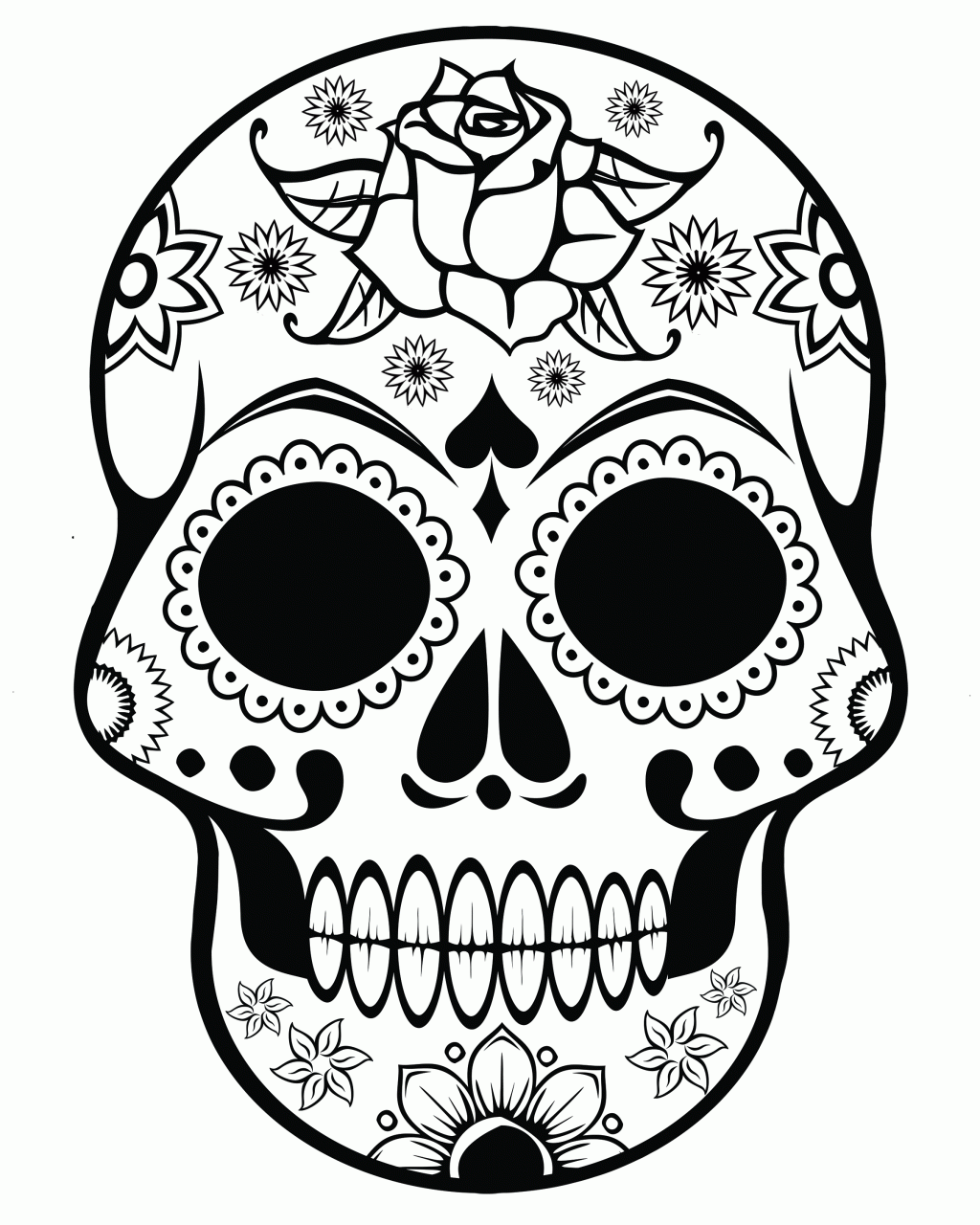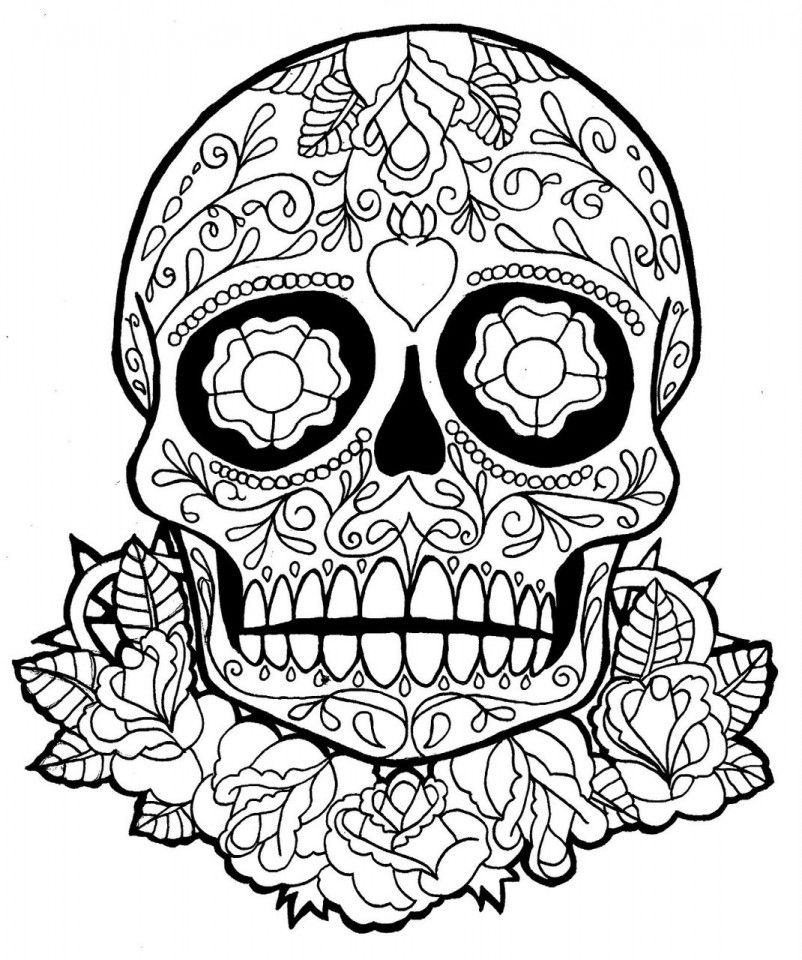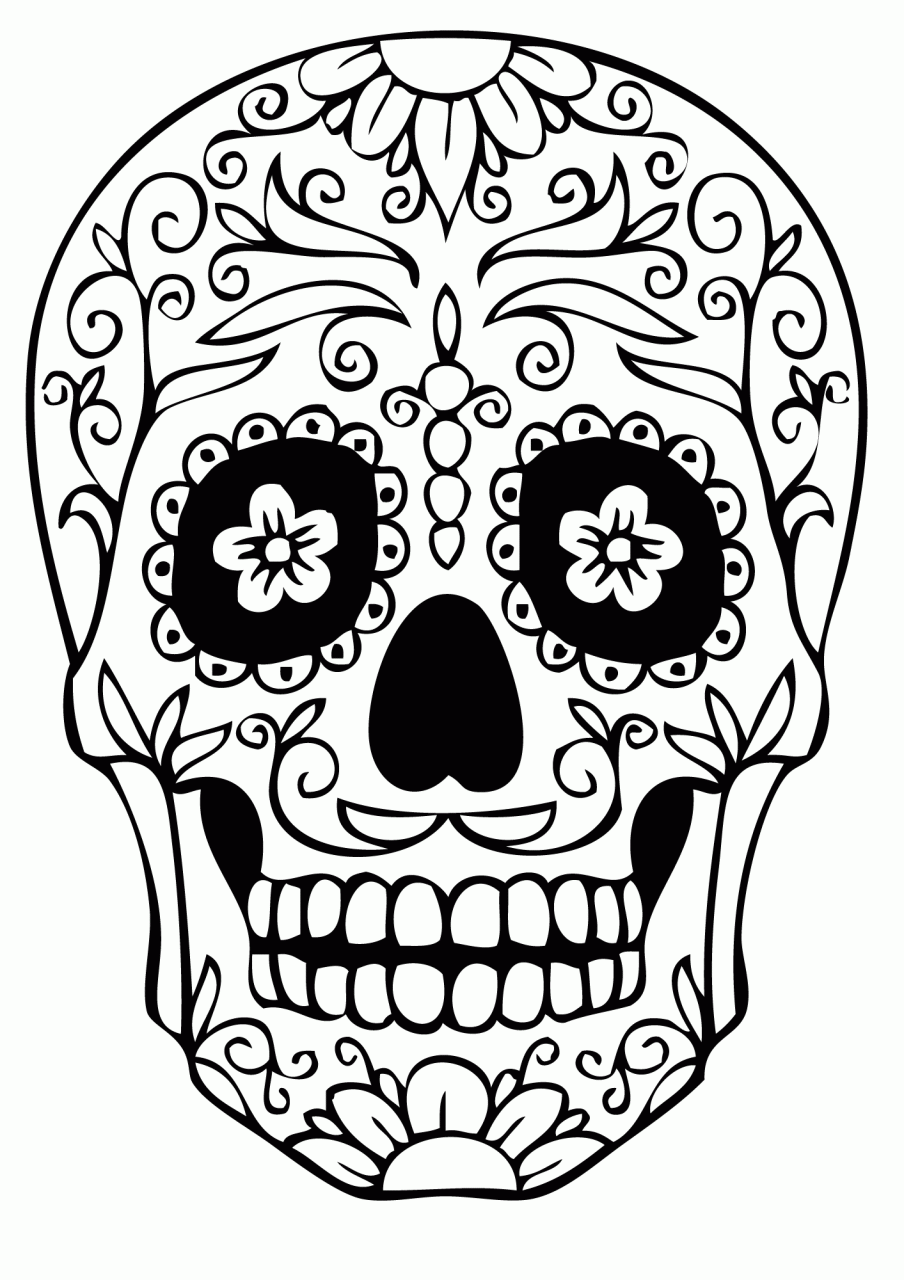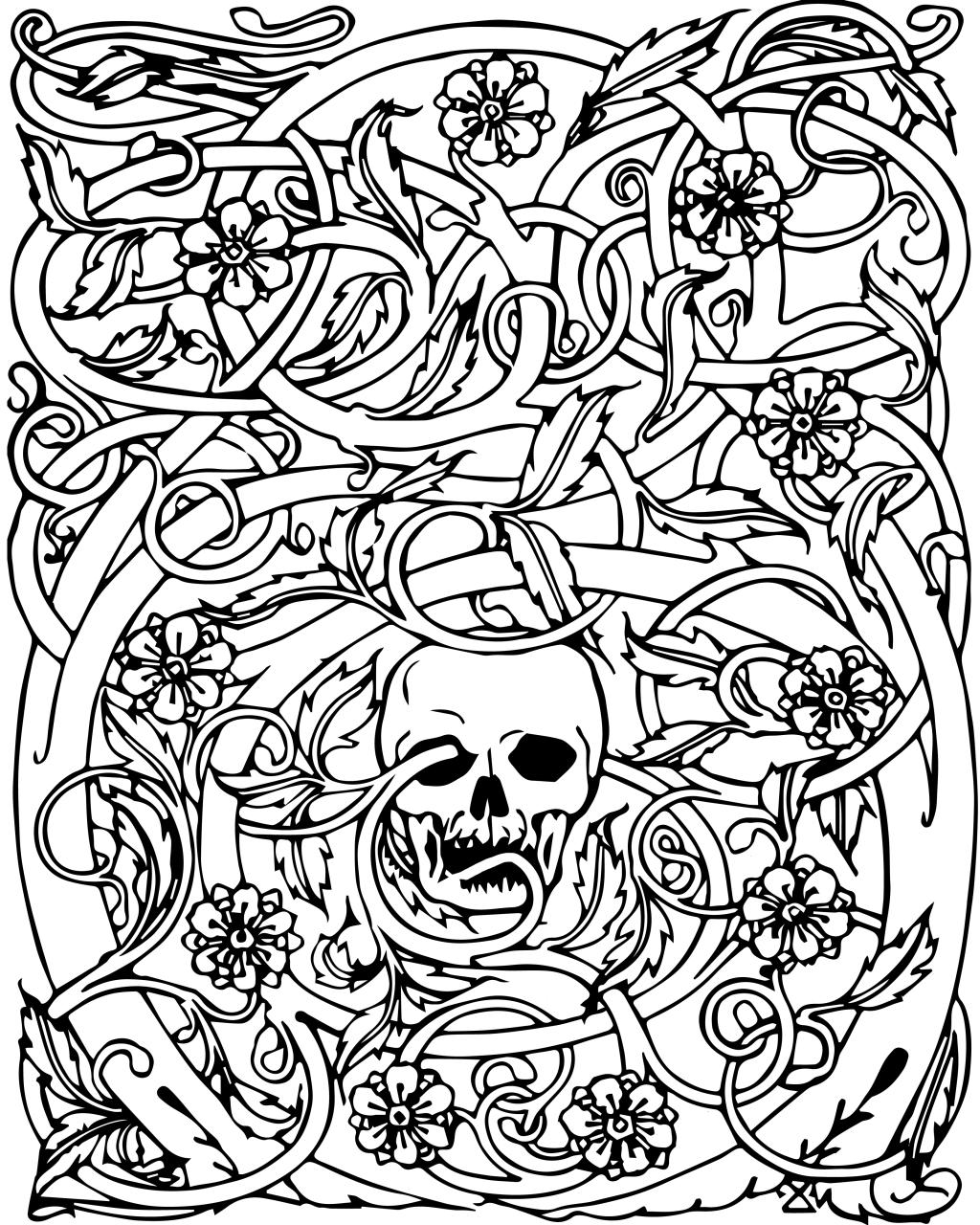With enthusiasm, let’s navigate through the intriguing topic related to adult coloring skulls. Let’s weave interesting information and offer fresh perspectives to the readers.
Introduction
Hey there! It’s great to hear you’re interested in drawing skulls. That’s a fascinating subject, and it’s a perfect way to explore different drawing techniques and express your creativity.

Before we dive into the details of drawing skulls, let’s first understand your goals. What are you hoping to achieve by drawing skulls? Are you interested in:
- Learning the basics of drawing?
- Exploring different artistic styles?
- Creating a specific piece for a project or display?
- Just having fun and experimenting?

Knowing your goals will help me tailor the lesson to your needs and make sure you get the most out of it.
Now, let’s talk about the benefits of drawing. Drawing is a fantastic activity for people of all ages, and it offers a ton of benefits, including:
- Improved hand-eye coordination: Drawing requires you to control your hand movements precisely, which helps improve your hand-eye coordination.
- Enhanced creativity: Drawing encourages you to think outside the box and explore different ideas. It’s a great way to express your imagination and develop your creative thinking skills.
- Stress relief: Drawing can be a very relaxing and therapeutic activity. It allows you to focus on the present moment and forget about your worries.
- Improved problem-solving skills: Drawing can help you develop your problem-solving skills. When you encounter a challenge in your drawing, you have to think critically and find solutions.
- Increased self-confidence: As you learn and improve your drawing skills, you’ll gain a sense of accomplishment and confidence.


Drawing skulls, in particular, can be a fun and challenging experience. It allows you to explore the intricacies of anatomy and create visually striking artwork.
To get started, we’ll need to understand your current drawing skills. Would you say you are a:
- Beginner?
- Intermediate?
- Advanced?

Once we have a better understanding of your skill level, we can move on to the actual drawing process.
Here’s a step-by-step guide to drawing a skull, designed for beginners:

Step 1: Gathering Materials
- Paper: You can use any type of paper, but drawing paper or sketch paper is ideal.
- Pencil: A good quality pencil with a medium lead (HB or 2B) is a good choice for beginners.
- Eraser: Choose a soft eraser that won’t damage your paper.
- Reference image: Find a clear image of a skull to use as a reference.
Step 2: Basic Shapes
- Start with a circle: This will form the base of the skull.
- Add the jaw: Draw a curved line below the circle to represent the jawline.
- Sketch the eye sockets: Draw two circles above the jawline, slightly overlapping the top of the circle.
- Add the nose: Draw a small, triangular shape below the eye sockets.
- Draw the teeth: Use a series of curved lines to represent the teeth.
Step 3: Refining the Details
- Add the cheekbones: Draw two curved lines extending from the eye sockets to the jawline.
- Outline the skull: Trace over your initial shapes with a darker pencil to create a more defined outline.
- Add shadows and highlights: Use shading techniques to create depth and dimension.
Step 4: Adding Personality
- Experiment with different styles: You can make your skull more realistic, cartoonish, or abstract.
- Add details: You can add details like bone textures, cracks, or even flowers to create a unique look.
Step 5: Finishing Touches
- Erase any unnecessary lines: Clean up your drawing and remove any unwanted marks.
- Add color: If you want to add color, use colored pencils, markers, or paint.
Remember, drawing is a process of exploration and experimentation. Don’t be afraid to make mistakes, and don’t be afraid to have fun!
Now, let’s answer some frequently asked questions about drawing skulls:
FAQ 1: What are some good reference images to use?
- Anatomical diagrams: These provide accurate representations of the skull’s structure.
- Photos of real skulls: You can find images of real skulls online or at museums.
- Artistic interpretations: There are many artistic interpretations of skulls that can inspire you.
FAQ 2: How do I make my skull look more realistic?
- Study the anatomy: Learn about the different bones and their shapes.
- Use shading techniques: Create shadows and highlights to give your skull depth and dimension.
- Add details: Include small details like cracks, textures, and imperfections.
FAQ 3: What are some fun ways to decorate my skull?
- Flowers: Add flowers around the skull to create a beautiful and symbolic image.
- Patterns: Use patterns to add visual interest and create a unique design.
- Symbols: Incorporate symbols that represent your own beliefs or values.
FAQ 4: What are some tips for beginners?
- Start with simple shapes: Break down the skull into basic shapes to make it easier to draw.
- Don’t be afraid to make mistakes: Drawing is a process of trial and error.
- Practice regularly: The more you draw, the better you’ll become.
FAQ 5: What are some resources for learning more about drawing?
- Online tutorials: There are many free and paid online tutorials available.
- Drawing books: There are many books on drawing for beginners and advanced artists.
- Art classes: Take a drawing class to learn from a professional instructor.
Remember, drawing is a journey, not a destination. Have fun exploring different techniques and styles, and don’t be afraid to experiment. With practice and patience, you’ll be amazed at what you can create!

Thus, we hope this article has provided valuable insights into Downloads adult coloring skulls. We appreciate your attention to our article. See you in our next article!
 apapunada.my.id News Bisnis Technology Tutorial
apapunada.my.id News Bisnis Technology Tutorial